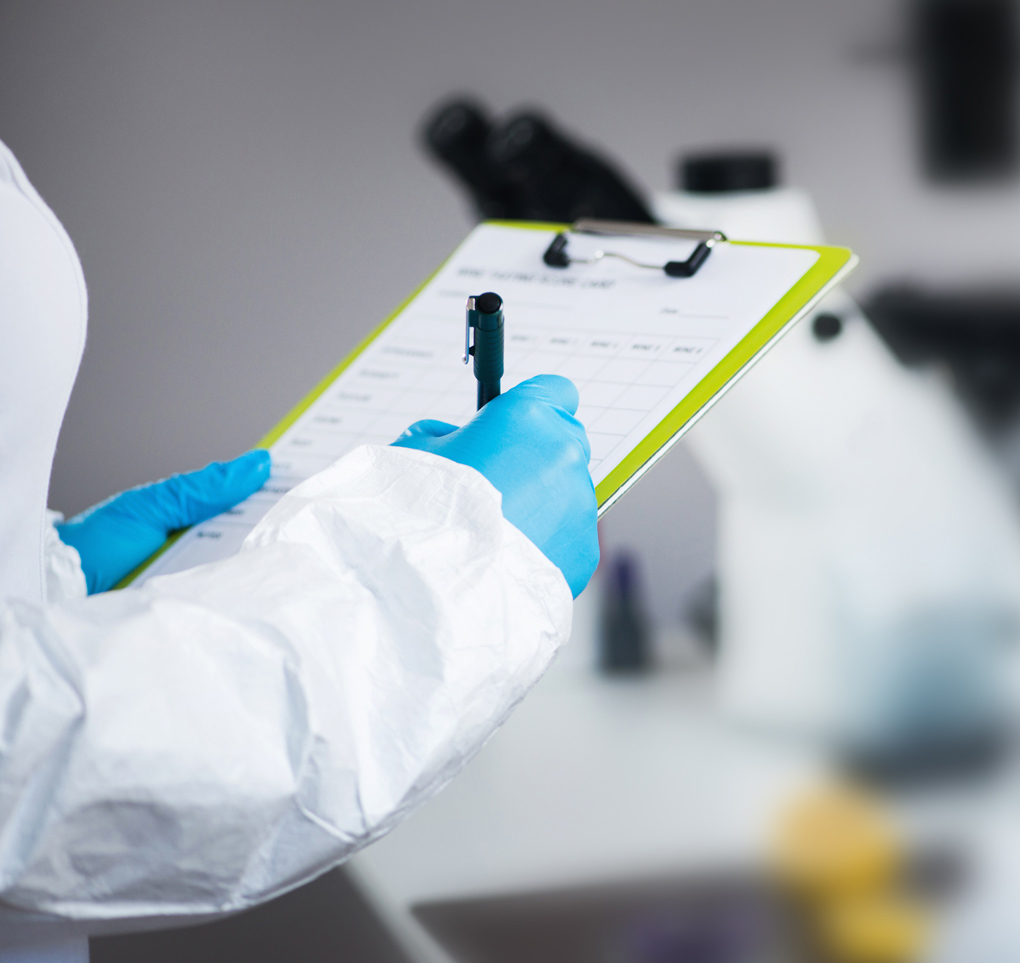 The days of the “5-second rule” are over. That’s a good thing. As consumers insist on higher standards for food production, they are, in turn, much safer than they’ve ever been from food contamination.
The days of the “5-second rule” are over. That’s a good thing. As consumers insist on higher standards for food production, they are, in turn, much safer than they’ve ever been from food contamination.
All of this puts the onus on food manufacturers and suppliers to protect their products at every stage. If you can’t eliminate the risk of contamination entirely, you can certainly minimize it. Here’s what smart food manufacturers are doing to prevent problems from arising in food safety.
Common Problems
Some issues come up more often than others. But the more you understand them, the better you can prevent them. To name a few:
- Cross-contamination. Oversight, carelessness, ignorance — a lot can result in cross-contamination of food products. From allergies to spoilage, the consequences can be significant.
- Machine malfunction. As in any industry, technology works until it doesn’t. It’s risky to assume you can trust operations entirely to a machine without keeping a close eye on it.
- Mislabeling. By this, we mean that a food product can be perfectly fine but misrepresented to the consumer. Likewise, mislabeled ingredients can contaminate the product itself.
Smart Solutions
Different strategies can be implemented to significantly reduce risk.
- Location. A food manufacturing facility should be configured in such a way that makes sense safety-wise. Each stage of production should be well distinguished and easily identifiable. When laying out a food manufacturing facility, consider heat, potential for spillage, how ingredients might contact one another, and much more. You also want a configuration that limits how much a product has to be physically moved.
- Design. Similarly, the production line should be such that all activity is clear and logical. The machines you use should be specifically designed to both the type of manufacturing you’re doing and the quantity of food products with which you’re working.
- Packaging. Packaging isn’t interchangeable. Depending on the food product involved, you have to be very careful that you’re using packaging that adequately protects the food from foreign material.
- Knowledge. Whether it’s understanding minimum cook times and temperatures or having an appreciation for worst-case scenarios, proper preparation and training on the part of the staff is crucial to safe operations. Anyone who comes in contact with a food product should be regularly refreshed about risks and industry best practices.
Of course, this is just a brief sampling of practices that can prevent food contamination. Efforts to prevent food contamination should be exhaustive and adhere to strict guidelines and regulations.
What Can PacMoore Do for You?
If anyone has an eye for food safety and quality assurance, it’s PacMoore. Our team includes food and safety experts who know the strategies that are safest and most effective. Whatever your food product, we take pains to ensure all risks are kept to a minimum.
To learn more about our food safety processes and to find out what we can do for you, contact PacMoore today.
 RELATED CONTENT: 12 Keys for Selecting a Contract Manufacturer
RELATED CONTENT: 12 Keys for Selecting a Contract Manufacturer
Share this on Facebook, Twitter, LinkedIn, or email to a friend.
Click below to share this:




